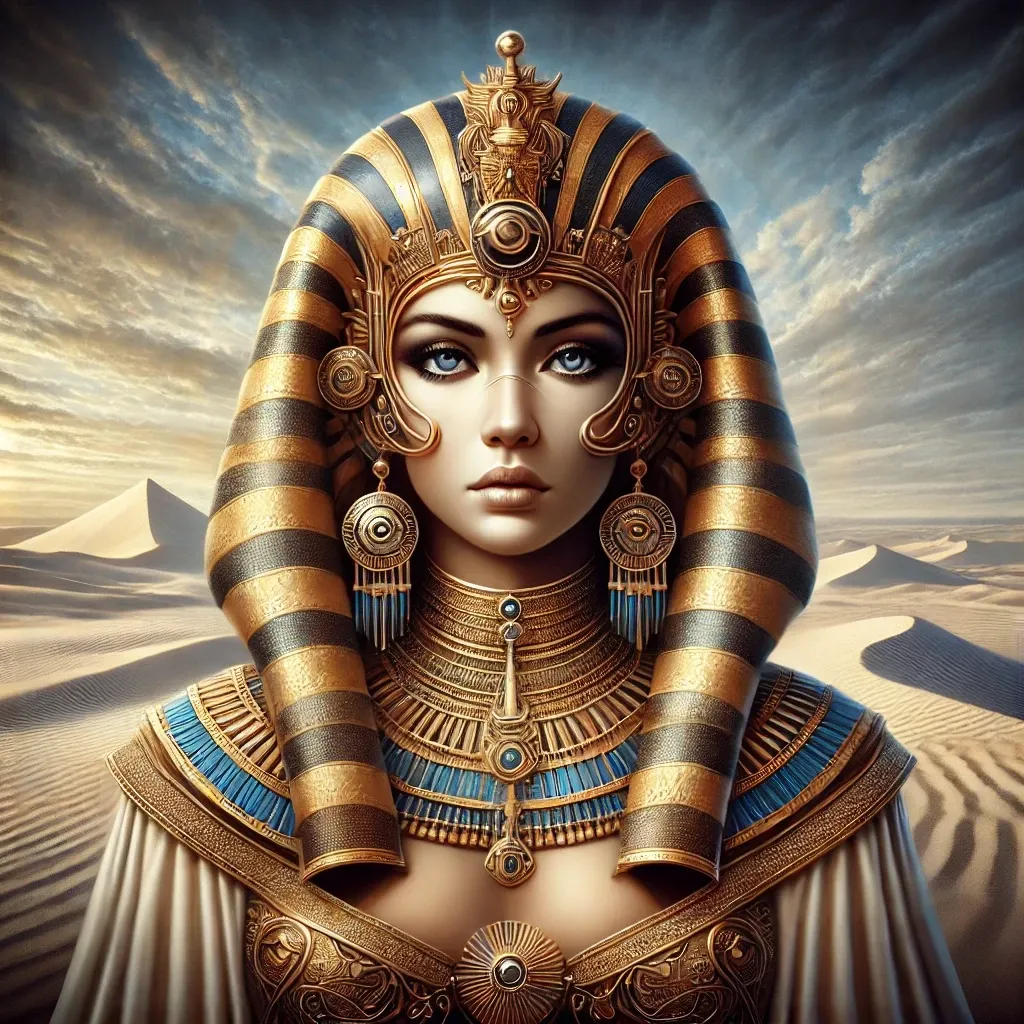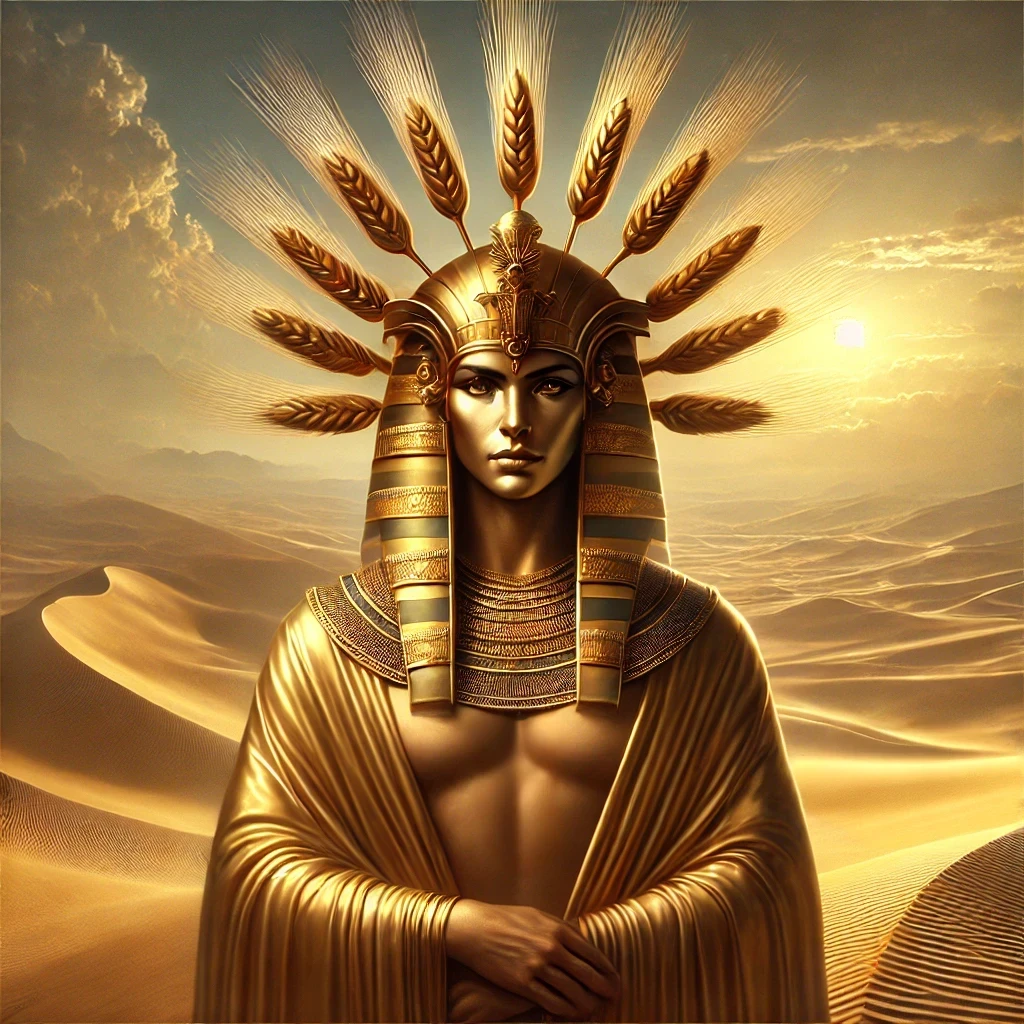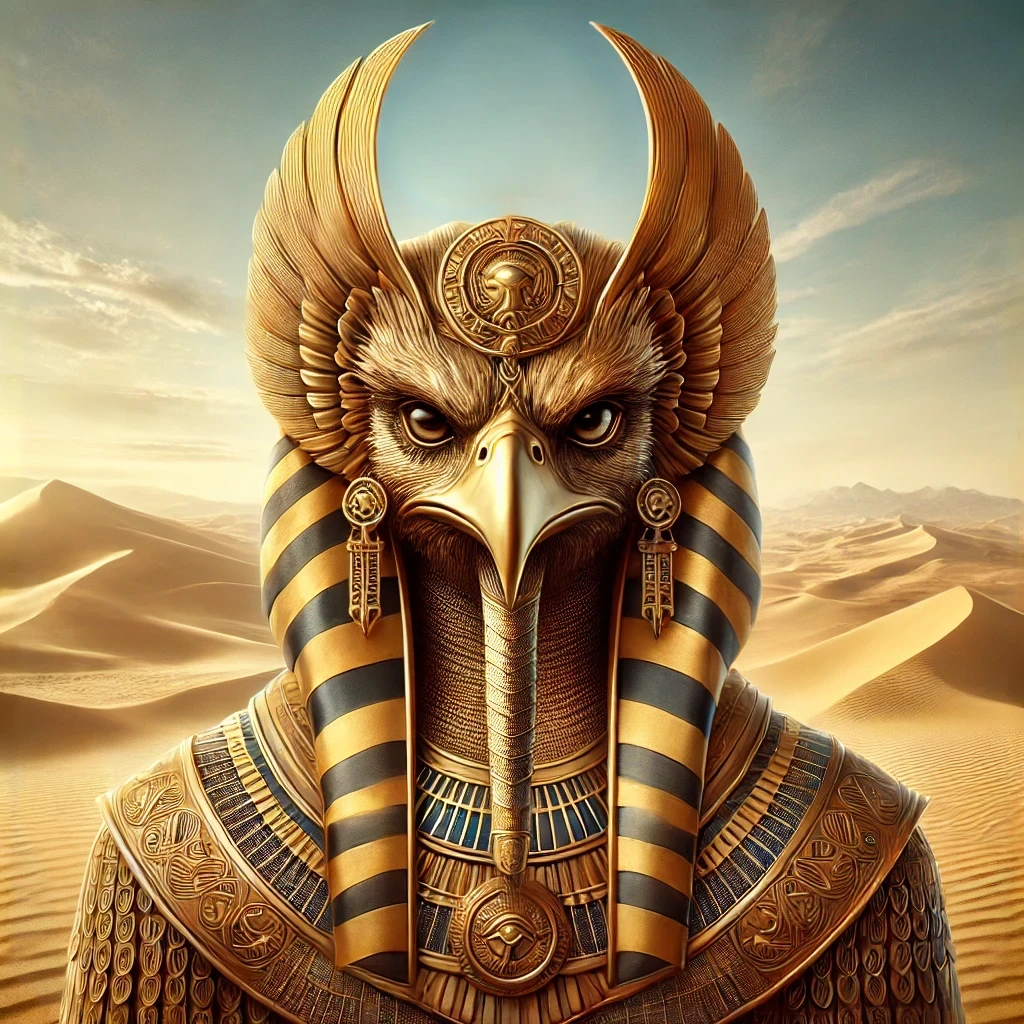Nephthys is also known in Egyptian as “Nebet-Het,” meaning “Mistress of the House,” she is a goddess whose identity is steeped in mystery and duality. While modern interpretations often focus on her role as a mourner and protector, ancient texts and iconography paint a broader picture. Revered as a guardian, healer, and even a symbol of transitions.
Origins
Historical Roots
The origins of this enigmatic figure trace back to Egypt’s Old Kingdom (c. 2686–2181 BCE). She was primarily associated with funerary practices, and her role evolved alongside the cultural shifts in ancient Egyptian beliefs about death and the afterlife. Early depictions often show her alongside her sister, Isis, as a key participant in rituals for Osiris. By the time of the Middle Kingdom, she had become an integral part of the Ennead of Heliopolis, a grouping of nine deities that encapsulated cosmic creation myths.
Nebet-Het in Texts
Inscriptions from the Pyramid Texts and Coffin Texts provide the earliest written records of her. These writings emphasize her supportive role, particularly in assisting Isis during the resurrection of Osiris. Her name, “Nebet-Het,” reflects her domain over the household, but it also symbolizes her connection to the hidden and private aspects of life, contrasting with Isis’ public and active persona.
Appearance
Iconography
Nephthys is most commonly depicted as a woman wearing a hieroglyphic crown representing her name: a basket (“neb”) atop a house (“het”). This visual marker emphasizes her identification as the “Mistress of the House.” Her attire often mirrors that of other goddesses, featuring a tight-fitting sheath dress, accentuating her role as both a nurturing and authoritative presence.
Associations in Art
In funerary art, she appears alongside Isis, forming a protective duo at the head and foot of sarcophagi. While Isis is often adorned with the solar disk, Nephthys’ crown reinforces her earthy, maternal aspects. Occasionally, she is shown with falcon or kite wings, a symbol of mourning and protection.
Abilities
Protective Powers
A cornerstone of her abilities lies in her protective nature. In tomb inscriptions, she safeguards the deceased, ensuring their safe passage to the afterlife. Her lamentations for Osiris—performed with Isis—are said to possess the power to resurrect and heal.
Healer and Guide
As a healer, she was invoked during childbirth and funerary rituals. Her connection to Anubis, the god of mummification, underscores her role in guiding souls through death’s transition. Her invocations often speak of her ability to shield the vulnerable, whether in life or death.
Myths
The Resurrection of Osiris
The most famous myth involving this goddess revolves around the death and resurrection of Osiris. Alongside Isis, she collects Osiris’ scattered body parts, using her mourning and magical utterances to bring him back to life. Her contributions are often understated but critical, symbolizing the quiet strength behind visible action.
Mother of Anubis
In another tale, Nephthys is said to be the mother of Anubis, though accounts differ on the circumstances. Some myths suggest she bore Anubis after a union with Osiris, while others claim Set’s neglect drove her to seek solace. Regardless, her maternal role highlights her as a nurturer and protector of souls.
Symbolism
Objects
Her emblem, the hieroglyph for her name, carries symbolic weight, signifying order and structure within a household—a microcosm of her broader cosmic role.
Animals
The kite, a type of bird often associated with mourning in Egyptian iconography, represents her protective and lamenting aspects. Additionally, her link to jackals ties her to Anubis and the funerary domain.
Plants and Minerals
Papyrus, commonly associated with her sister Isis, also holds significance for this goddess. It represents life and regeneration, themes she embodies. Minerals such as obsidian, used in burial rites, are sometimes linked to her for their protective properties.
Relationships
Isis: The Loyal Sister
As the sister of Isis, Nephthys shares a profound bond rooted in mutual support. Their collaborative role in the Osiris myth underscores a duality—Isis as the active force and Nephthys as the steady presence.
Set: The Troubled Spouse
Her marriage to Set, the god of chaos, reflects a relationship of contrast. While Set embodies disruption, she offers stability. Despite this tension, their union often symbolizes the balance of opposing forces.
Anubis: The Dutiful Offspring
As the mother (or adoptive mother, depending on the myth) of Anubis, she nurtures the deity responsible for mummification. Their relationship highlights her role as a bridge between life and death.
Trivia
- Unusual Epithet: While she is widely known as the “Mistress of the House,” some texts also refer to her as the “Useful Goddess,” emphasizing her indispensable role in rituals.
- Duality: Unlike Isis, who often represents overt action, Nephthys symbolizes the unseen, internal forces that complement visible efforts.
- Cult Center: While her worship was widespread, no major temple dedicated solely to her has been found, suggesting her veneration was primarily integrated into larger cults.
- Astrological Links: In later periods, she became associated with the setting sun, symbolizing endings and transitions.
- Modern Influence: Her role as a mourner inspired depictions of protective and grieving figures in modern funerary art.



